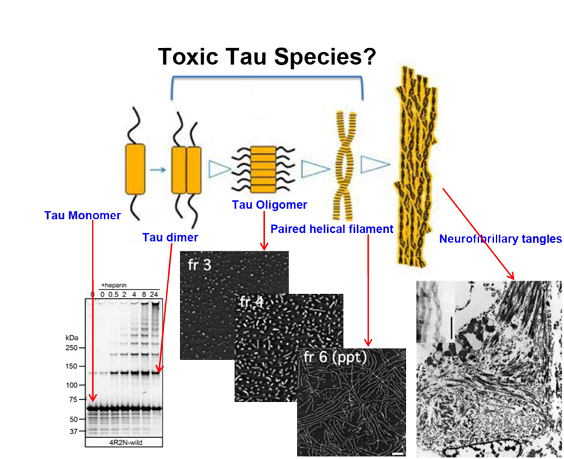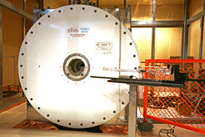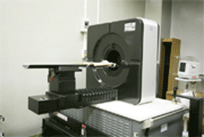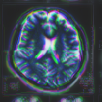Brain Disease Modeling Team
TEAM INTRODUCTION

Principal Researcher
Naruhiko SAHARA Ph.D.
Aims of our research are to develop animal models for neurodegenerative and neuropsychiatric diseases and to evaluate therapeutic approaches for these brain diseases. Using in vivo multimordal imaging tools, mechanisms underlying neurodegeneration (neuronal loss, neuroinflammation, synaptic dysfunction and so on) will be elucidated.
RESEARCH INTRODUCTION
Aims of our research are to develop animal models for neurodegenerative and neuropsychiatric diseases
Results of a recent meta-analysis showed that 46.8 million people lived with dementia worldwide in 2015 to 132 million in 2050. Our world faces many challenges to find effective therapies and to prevent and treat Alzheimer’s disease and related dementias. We focus on the research understanding the mechanisms underlying tau dysfunction. A toxic tau cascade hypothesis let us bring animal models with in vivo imaging methods.
-
1. Study for protein aging and dementia control
Tau pathology is one of major hallmarks of dementia and related neurodegenerative diseases. We investigate mechanisms of a toxic tau-induced neurodegeneration and dementia control, exploring the relationship between neuronal death, neuroinflammation and neurotransmission abnormality.

-
2. Development of dementia therapies using multimodal imaging methods
Using in vivo multimodal imaging methods such as positron emission tomography (PET) imaging, nuclear magnetic resonance imaging (MRI) and fluorescence imaging with two-photon microscopy, we are going to establish diagnostic procedures and therapeutic strategies for dementia.

Small Animal MRI

Structural MRI

Small Animal PET Imaging

Tau PET Imaging

Two-Photon Excitation Microscopy

In Vivo Fluorescence Imaging




